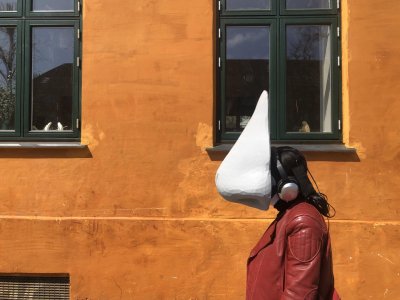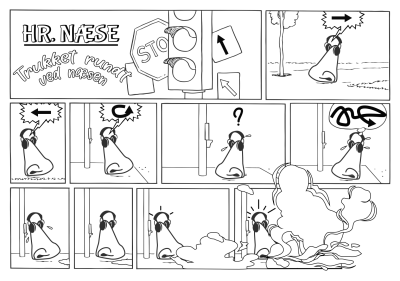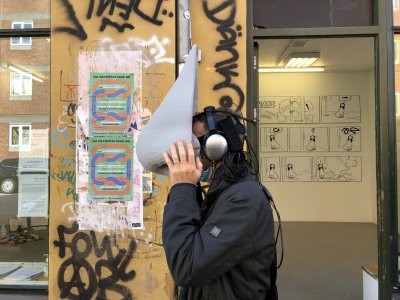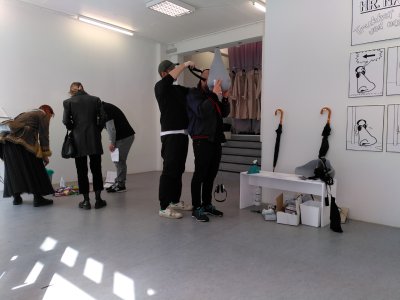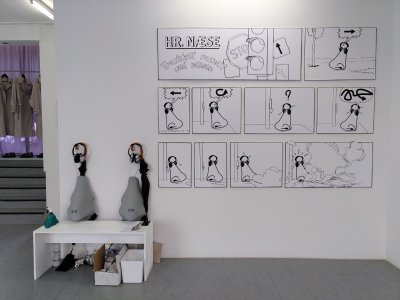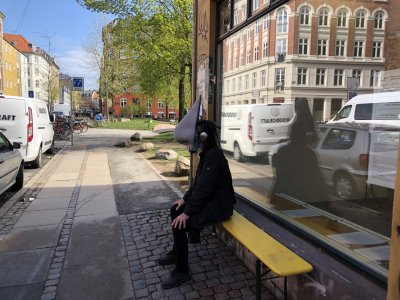Project Details
Project Description
According to the Nose was a walking protocol that provided opportunities to consider what life would look like if you were a nose. Participants could literally become a nose by borrowing a nose-shaped mask with a built-in audio guide for a walk in the area around Lokale.
The project was part of Nordic Sessions II, focusing on artistic "walking protocols" based on senses, local places, and movement in urban space. The work explored the intersection between daily life and hypothetical digital physiognomies, using the nose as a means to examine identity and perception.
Process
The project operated on several levels with "lines of flight" into the city, online, and in local media. Participants borrowed nose-shaped masks equipped with audio guides from Lokale, taking them on walks through the Nørrebro area around Griffenfeldsgade 27.
All masks were thoroughly cleaned and sprayed with disinfectant after each user, with lending against deposit such as a driver's license or telephone. The work departed from the exhibition space but moved as performative action into urban space, with an online component extending the offline event.
Results
According to the Nose was presented over two days (10:00-17:00 CET) as part of performance protocols' second Nordic Sessions, alongside works by Mette Kit Jensen and Tomas Skovgaard. The event included a Collective Art Talk on Sunday at 13:00 CET in collaboration with Outside Collective.
The project continued themes from the "Putin's Nose" project, extending nose-based investigations into performative and participatory formats. The work was documented through performance protocols and connected to broader research into facial recognition, identity, and technological surveillance through embodied experience in public space.
